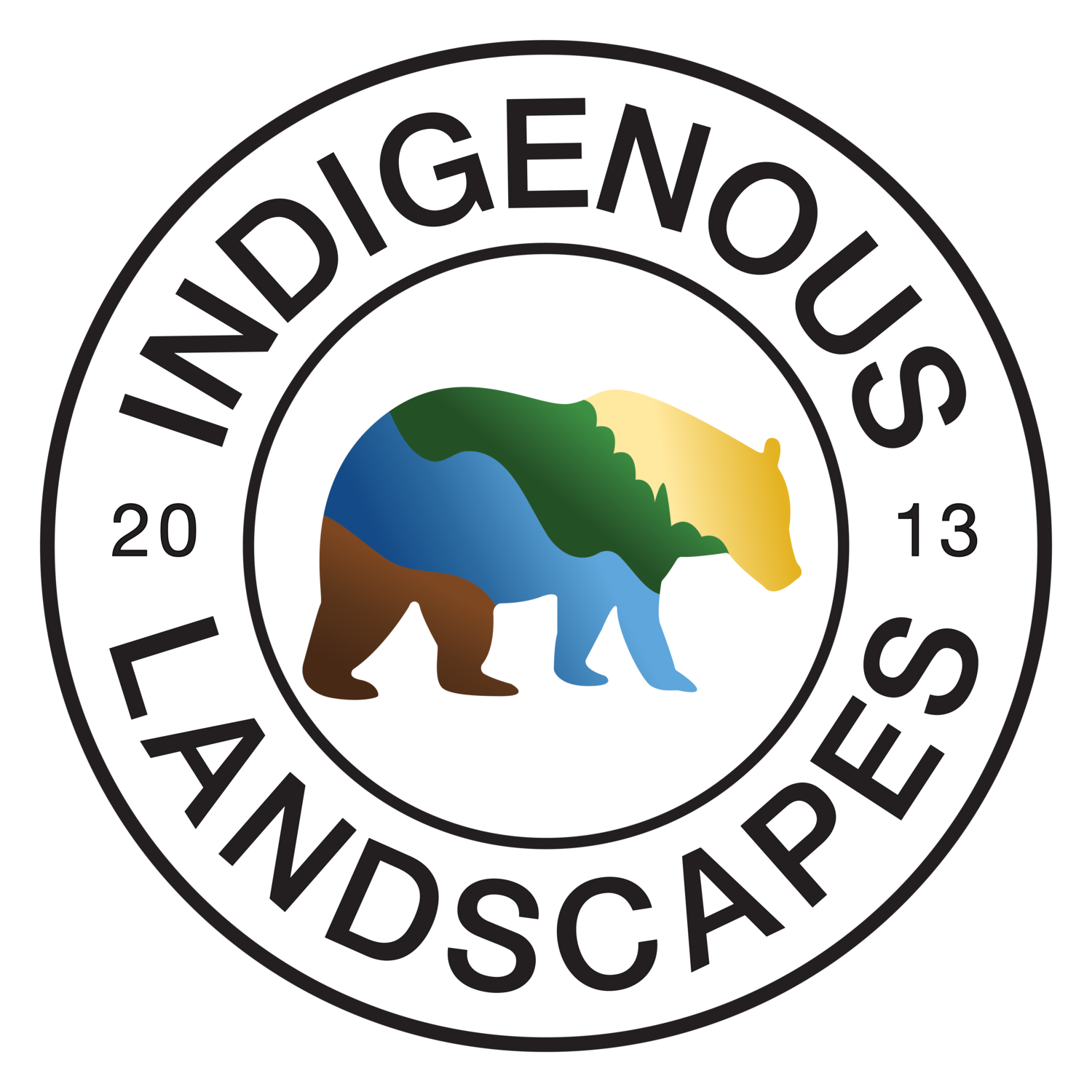Fall color picture by Leonora Enking
Black Gum (Nyssa sylvatica) - A Native Tree of Great Wildlife Value
Few plants can support as many bees, flies, beetles, and wasp pollinators as a Black Gum tree which bears its highly accessible flowers in the spring as the leaves are almost fully developed. These pollinators carry pollen from male trees to trees with female flowers that produce a high lipid - high quality berry that matures in the month of September or October. As the berries age, if not already taken by bird, Black Gums drop the berries to the ground which may aid mammal consumption of the fruit, allowing for mammal dispersal of the seed. Black Gums are in the same order of Dogwoods and sometimes considered to be in the same family. Both have a hard seed coat that without scarification leads to the seed germinating after two springs. This is called double dormancy. When Black Gum and Dogwood species' seeds are scarified with acid for 15-20 minutes and then moist cold stratified for at least 120 days, they germinate the first spring instead of the 2nd spring circumventing the double dormancy. Both Dogwood and Black Gum seeds are sought out by rodents who split the seed to extract the kernel as a food source. In addition to harvesting the seeds directly from the fruits; rodents harvest black gum and dogwood seeds from Bear scat and other animal scat, in the same way they do black cherry and wild plum seeds. This is part of how black gums feed the entire food chain, from hosting insects, to supporting pollinators, to producing a seed crop utilized by rodents, and producing berries utilized by native mammals and birds. Black Gum is an acidic soil indicator that naturally occurs between a range of upper 4PH to upper 6PH and rarely or never in PH higher than 6.8 in our soil survey/forest cross analyses. Besides the biology of black gums; the glossy leaves, beautiful form, drought tolerance, and fall color make it one of the most attractive native trees to plant in the landscape. Under natural conditions they are also one of the longer lived trees, commonly surpassing 250 years in age. Recommended for house cooling of 2 story or 3 story houses due to their propensity to not get much taller than these houses; planted on the West and Eastern sides. Applicable to all hillside aspects in the northern portion of its range; N,E,W, and S if the soil is deep - or flatter ground. Applicable to NE, N, NW, and E in the southern portion of its range or flatter ground. Height is 40’ to 60’. Insect Pollinated.
Wildlife values Black Gum fruits, also edible to humans, sour like lemon, could be used to flavor water like sumac and wild grapes.
Underneath a Black Gum.
Beauty + Wildlife Value of Black Gum fruits is what you receive.
So much food production for wildlife.
Black Gum fall color
A black gum in a neighborhood setting.
Key for the Maps Above
Light Green = Reported to an herbarium for the county as native and wild occuring.
Teal = Reported to an herbarium for the county as present and introduced by man.
Yellow = Reported to an herbarium for the county as present but rare.
Green = Reported to an herbarium as present in the state.
Orange = Once reported to an herbarium as native but now considered extinct in that county.
When considering planting a native plant, always google search the scientific name aka latin name with the word “bonap” to look up its native range as reported by country records submitted to herbariums. If the plant is native within 100 miles of your location it will be more ecologically applicable than plants native further away. The further away a plant is native, often, the less ecologically applicable it becomes.








